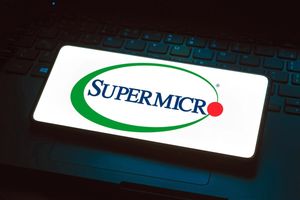Originally published in the "Tellcan food Science Forum" column of the China Food News – Additives & Raw Materials (8th edition, September 4, 2007).
Drinkable yogurt refers to fermented coagulated milk that undergoes blending, stirring, and low-pressure homogenization to significantly reduce viscosity. It transitions from a semi-solid state to a fluid form, allowing direct consumption. Classified as a flavored yogurt, this product is already widespread internationally. However, due to limited domestic production and its unique advantages, it is introduced in this column.
I. Characteristics - Traditional plain or flavored yogurts are highly nutritious and feature a distinct fermented milk flavor, but they are typically consumed with a spoon and cannot be directly drunk. Their flavor variations are also limited due to challenges in adding supplementary ingredients. In contrast, lactic acid bacteria beverages offer convenience and diverse flavors but lack nutritional value compared to pure yogurt due to lower milk content.
Drinkable yogurt combines the advantages of both: high nutritional value, rich fermented milk flavor, smooth texture for direct consumption, and ease of incorporating additional nutrients or flavorings. It is an ideal choice for consumers seeking nutrition, convenience, and a variety of taste experiences.
II. Production Process - Flowchart:Fresh milk → Purification → Standardization → Sterilization → Cooling → Inoculation → Fermentation → Stirring → Blending → Homogenization → Filling
Supplementary steps: Stabilizers, white sugar → Dissolution → Filtration → Sterilization
III. Key Considerations 1. Stability IssuesEven standard stirred yogurt may exhibit whey separation after storage (typically 4 days or less). Drinkable yogurt, with its disrupted gel structure, faces more severe whey separation, often visible by the second day. Selecting appropriate Food Additives Stabilizers is critical. Common stabilizers include pectin and PGA, but their standalone use is insufficient. Effective solutions require compound stabilizers combining multiple hydrocolloids and auxiliary components. Notably:
Post-fermentation stabilizers: Certain compound stabilizers designed for post-fermentation addition may affect fermentation if added prematurely.
Pre-fermentation stabilizers: These can be added post-production but may offer inferior stability compared to pre-fermentation application.
2. Contamination Risks - Drinkable yogurt production involves multiple steps and prolonged exposure to external environments, increasing contamination risks. Strict hygiene controls for production facilities and equipment are essential. Poor sanitation can severely impact product flavor, shelf life, food safety, and consistency.
This translation ensures technical accuracy while maintaining the original article’s structure and intent, adhering to industry-standard terminology for food science and production processes.
Media Contact
Company Name: NANCHANG MICARE MEDICAL EQUIPMENT CO, LTD.
Email: Send Email
Country: China
Website: https://www.surgicallight.com/





